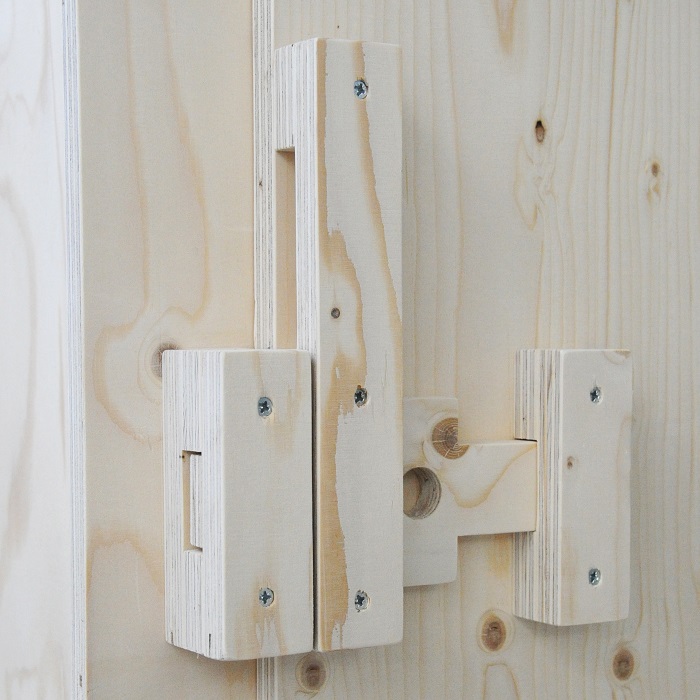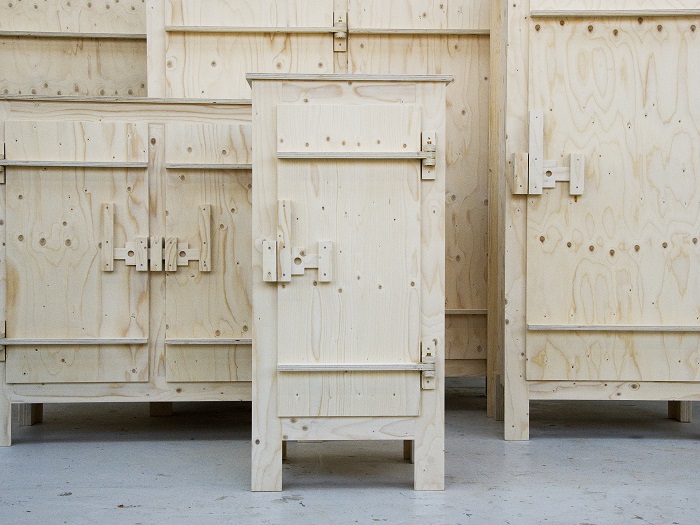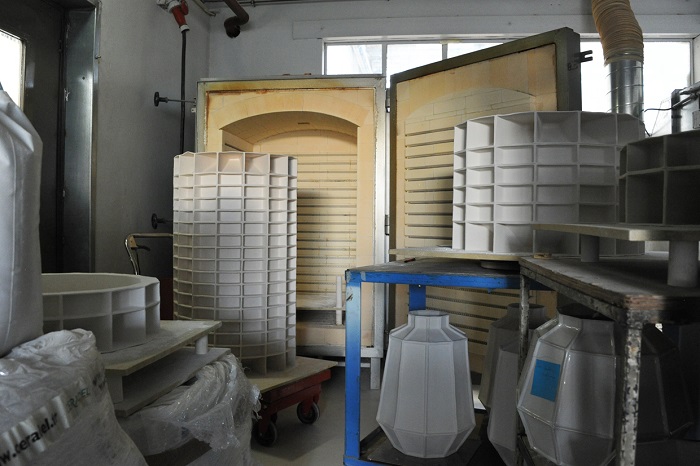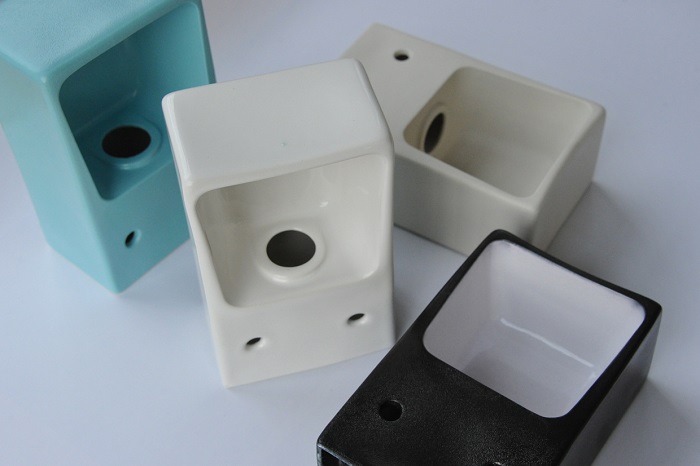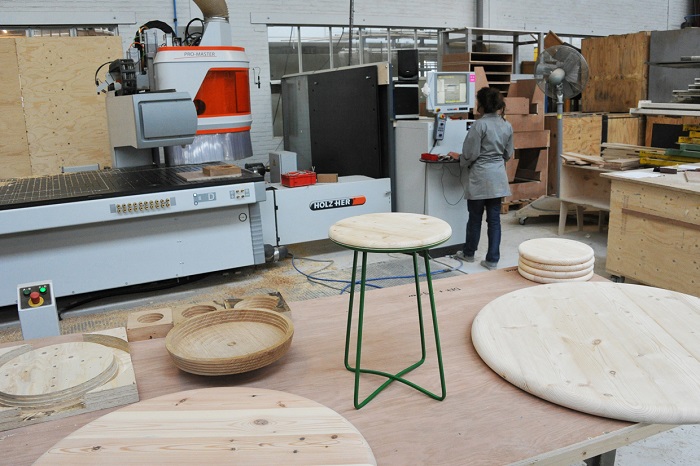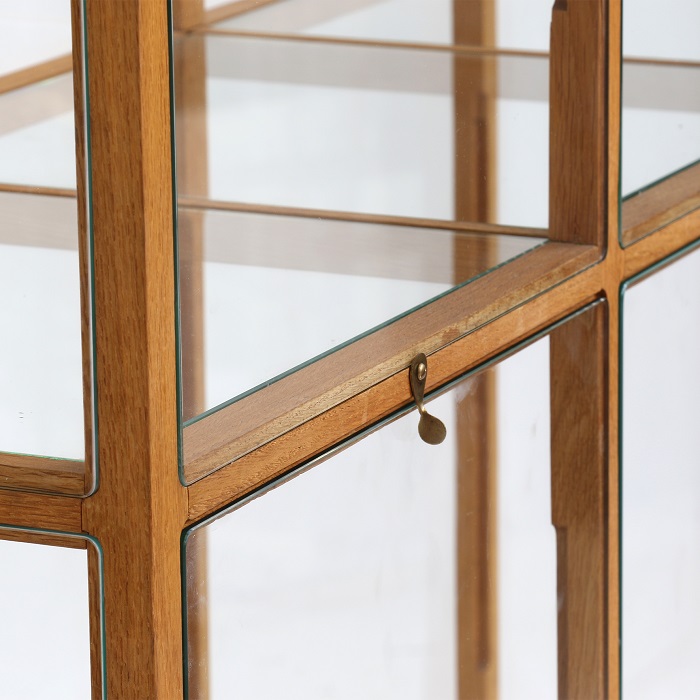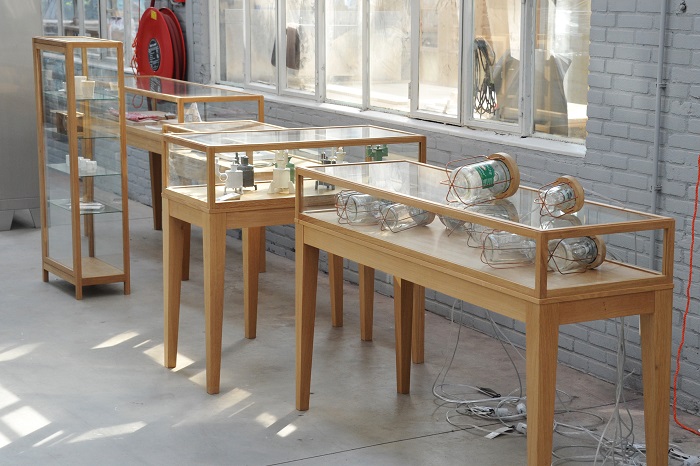We are presenting our new collection, as we do every year, at the Dutch Design Week, this year from 19 through 27 October. There are distinctive new products again this year, but also earlier designs which have been restyled. An overview of all the activities can be found below. There will also be products and designs on show by various young designers and brands with whom we collaborate. More information about this can be found further down this page.
Thank you for all the complaining
I thought up the first products in the Crisis range in 2002, irritated as I was by all the complaining about the crisis. “Do you know what?” I thought, “Let’s cut up a sheet of cheap plywood on the milling machine, throw in a few nuts and bolts, and sell that as a do-it-yourself kit, nice and cheap, to all those who were so hard hit by the crisis.” Ultimately, no-one wanted to put a chair together themselves. And if anyone did want to do it, it had little to do with the crisis, and more to do with it being nice to have some manual work to do. In the meantime, we have discovered that we sell quite a lot of the crisis products if they are assembled and sprayed in a single colour. The funny thing is that it seems as though sales increase any time the word ‘crisis’ crops up frequently in the media.
There was a resurgence of complaining about the decline in the standard of living in 2009, and in the same year, the Crisis 2009 Series was created. We had long realised that although the computer-driven milling machine can do everything itself, an old-fashioned (but modern) circular saw is actually faster; so away with that modernity and an even cheaper chair. It doesn’t have to be able to be dismantled, since nobody’s interested in that. The Crisis 2009 Series was born, consisting of a chair and table which are slightly less expensive because they required fewer hours of labour. Despite the legitimacy of the idea of arriving at a more attractive price and increased sales by going for simplicity, this series turned out to be much less appealing. Good to know that cheap is not the only way to go.
Now, after years of crisis, decline, complaining and misery, in which we applied and perfected the crisis working method, the Crisis 2013 Cabinet has arrived. A cabinet made entirely of that cheap sheeting material. From the very beginning this material has proved to be the only attractive material suited to this work. Even the hinges and fittings are made of it. The word ‘crisis’ appears twelve times in this text not by way of complaint, but rather to show how inspiring the times are in which we live.
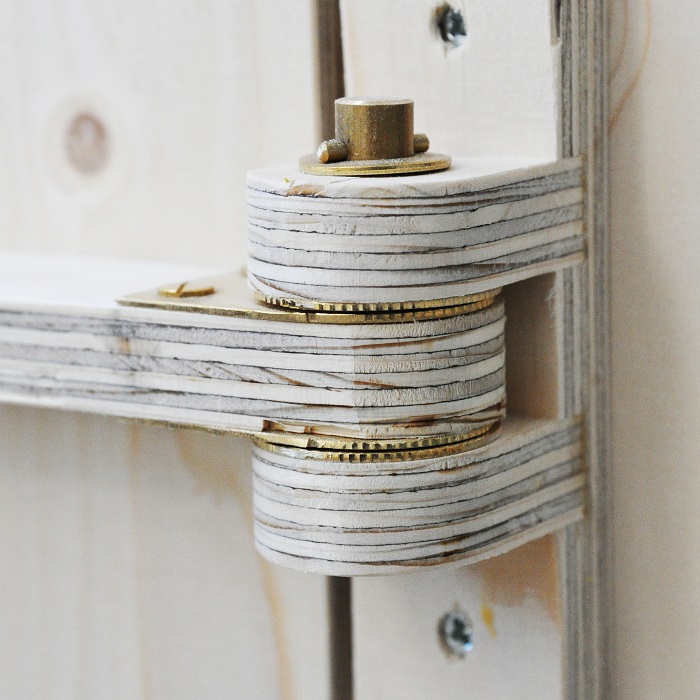
Enormous faceted vase
What started as something the children did, rolling clay flat with a rolling pin, has resulted in the largest vase we can make. The rolled-out clay gave me the idea of constructing with it, instead of moulding it. This is an extremely irrational way of working, since clay is eminently suitable for production in large amounts by means of moulding. But everyone does that already. Taking part in a competition in which everyone is already taking part seems less than clever. After we had first constructed some cups and saucers, we then made a series of jugs.
In making these larger objects, it turned out that a support construction was necessary during the drying process. Going even larger was impossible with this technique; so of course, larger was the way we wanted to go, since anything impossible is immediately a challenge. We came up with a method of construction using flat moulded boxes which we subsequently stick together. The technique is called ‘garniture’, but it’s usually used to stick various moulded components together, such as a handle on a cup. However, we construct large products by sticking a great number of identical components to and on top of each other, like building bricks. This enables us to make large, thin-walled products without the need for unwieldy moulds. What makes it exciting is that with every one of the products described we were attempting, though doomed to fail, to achieve perfection. To a certain extent, the imperfection in each of the products says more about perfection than most products which do achieve ‘perfection’ according to our industrial standards, but which are made with much less care.
The huge oven we bought for the ceramics studio led to renewed seeking out and pushing of boundaries. We made much deeper boxes, instead of the earlier model; by stacking them up, sculptures appear which almost look like buildings. The classic shape of a vase, with a tapered neck and foot, is worked into the structure. Enormous vases and bowls can be created by applying fewer layers and/or applying an edge only to the foot.
Lamp from a template
We now have a collection of extremely divergent lamps. Since a material or technique is always chosen as a starting point for each design, the lamps are extremely varied in character. Layered mirrored glass, necktie material, plywood, a LED lamp, a punching machine: there was always a different starting point which led to a new lamp. The ‘single template lamp’ is based on the idea that a template is made in which as much as possible is integrated, reducing the necessary components to a minimum. This idea is a perfect partner for the aim of developing the ultimate simple product. This first series will consist not only of a standard lamp, which was also the first idea, but also of variations such as a wall lamp, a desk lamp and a standard reading lamp (for beside the couch). The same armature will be used for each variation.
Unexpected
It doesn’t often happen, but this idea was totally unexpected, or at least, I can’t remember which hop, step and jump or associative thought preceded it. Wanting to apply colour as a part of the design was already a theme. Due to the large surface area of the sheeting material from which the furniture is made, the crisis collection, once completed, turned out to be eminently suitable as a bearer of colour. In the case of the one-beam benches, it’s actually a starting point that they should be produced in primary colours; the intention is to introduce a set of colours into the new porcelain lamps too. The idea for this design is to spray the bottom as you would the base plate of a car, and leave the upper part untreated, paying no attention to the dividing line between base and top in the process. The colour transition happens where the top meets the bottom.
Slender oak display cabinets
Oak display cabinets are definitely in a class of their own in the history of our company. These slender oak cabinets were first made in 1996. In order to make a cabinet this slender and simple, we came up with a frame without glazing beads. The glass is pushed in from the top of the frame. This is less work, but more importantly, it has the advantage of doing away with the necessity of glazing beads, and the posts can therefore be more slender. The cabinets were received reasonably well, but despite that, sales were a little disappointing. It turned out that the problem lay in the relatively small size of the cabinets compared to the price. Since the system for working with the glass could not be applied to much larger cabinets, we thought up another way, which included an unusual hinge, and we made a larger cabinet. This cabinet, too, was well received, but fared no better in sales. The ratio of size to price was good, but the cabinet was too large for people’s houses. So it seemed to us that making a marketable oak cabinet was just not meant to be. That is, until we resurrected an old design from 1993, with old plate glass all around; we adapted it somewhat, and put it into production. The oak display cabinet, which we call ‘The Oak Display Cabinet’, has been a permanent success ever since.
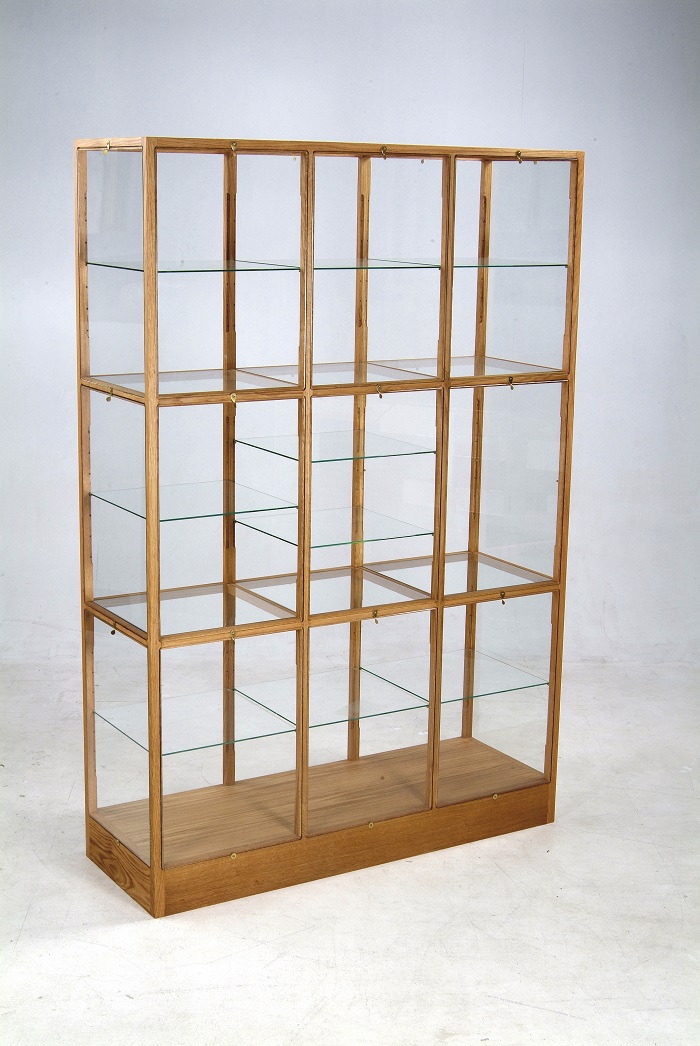
However, we never quite forgot the slender oak display cabinets and the only remaining example which stands in our shop appeared to generate a lot of interest. And in contrast to its slender character which is classic, the way in which the glass is slid into the cabinet is in fact seen as very innovative. All in all, reason enough to make a series of display cabinets, in order to demonstrate the possibilities and the quality of the concept once again, in the hope that it will now be embraced.
Interview with Piet Hein Eek.
This post is also available in: NL
« Back to blog